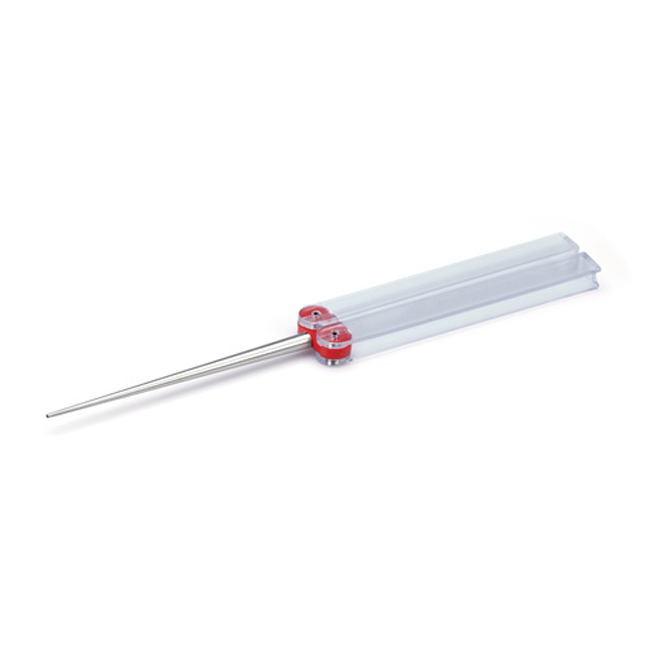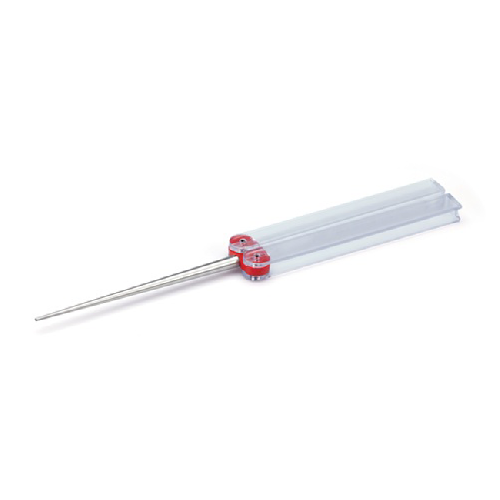Description of the Diafold ® DMT (FSKF) diamond sharpener:
Characteristics:
Grain size: 25μm /600mech < /p>
Dimensions of the stone: from 6mm to 2mm along the cone x 110mm
Length in the open state: 241mm
Length in the closed state: 127mm
Description:
Quite often people buy a knife with serreitor sharpening. While the blade is sharp, they are happy with their purchase, but over time the knife dulls and this is where many users have problems. Such a knife cannot be sharpened on an ordinary whetstone, which means that a special sharpener is needed, which allows you to sharpen a profiled blade. It is for such cases that the American company DMT (Diamond Machining Technology) produces special diamond sharpeners from the Diafold® series. Although the Diamond Sharpeners in the Diafold® series are designed for sharpening serrated knives, they can be used for other tasks, including straightening straight sharpened blades. Let's consider what a Diafold® diamond sharpener for serrated blades is.
Features of the model:
The direct whetstone is a metal conical rod with 25 micron (600 mesh) diamond dust applied to it. In the wide part, the diameter of the cone is 6 mm, in the thin part - 2 mm. The length of the whetstone is 110 mm. In the end part of the cone, there is a hole with a thread that allows you to fix the whetstone on the handle (its design is similar to the popular butterfly knives (balisong) ). The handle consists of two halves, which, when rotated 180°, hide the whetstone, and its base is made of red plastic: according to the DMT classification, this means that the whetstone has a grain size of fine (thin 25 microns).
Technology of sharpening:
Although sharpening a serretor blade looks complicated, there is nothing difficult about it, but the work is painstaking and quite long. To sharpen a blade with a serrater with a Diafold® diamond sharpener, you should study the rules of operation and the sequence of operations.
Rule:
- In order to sharpen a knife correctly and qualitatively, you need to follow the sharpening angle made by the manufacturer.
- Sharpening serreiter blades is carried out in two stages - first, the wide ones are sharpened semicircular notches, then notches of a smaller diameter (or vice versa).
Operation:
- Put the knife on a hard surface (it is possible on the edge of the table) so that the blade half protrudes above the edge. You can also sharpen a knife with a serrater on a weight, but in this case it will be more difficult to control the angle.
- We have the wide part of the cone of the DMT Diafold® sharpener in the groove, observing the sharpening angle, and, without pressing too hard, we start to move it towards the butt of the blade. In this way, we go through all the wide grooves.
- Then we repeat the previous operation with the thin part of the cone with small grooves.
- After you have sharpened all the grooves of the serretor, we go through the opposite part of the blade a couple of times to remove the burr.
- After use, the DMT Diafold® sharpener should be thoroughly washed with water to remove metal shavings and dried.





















